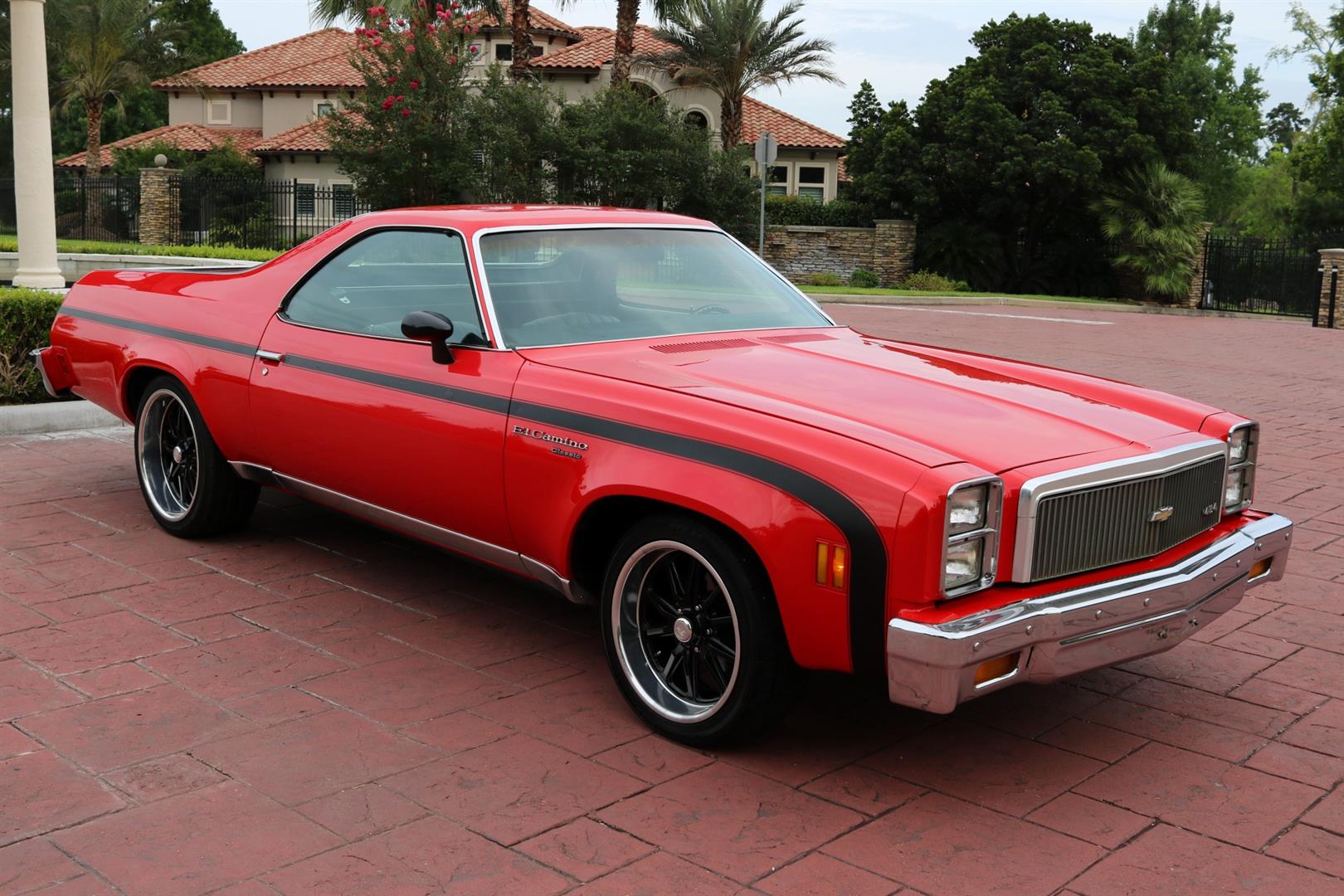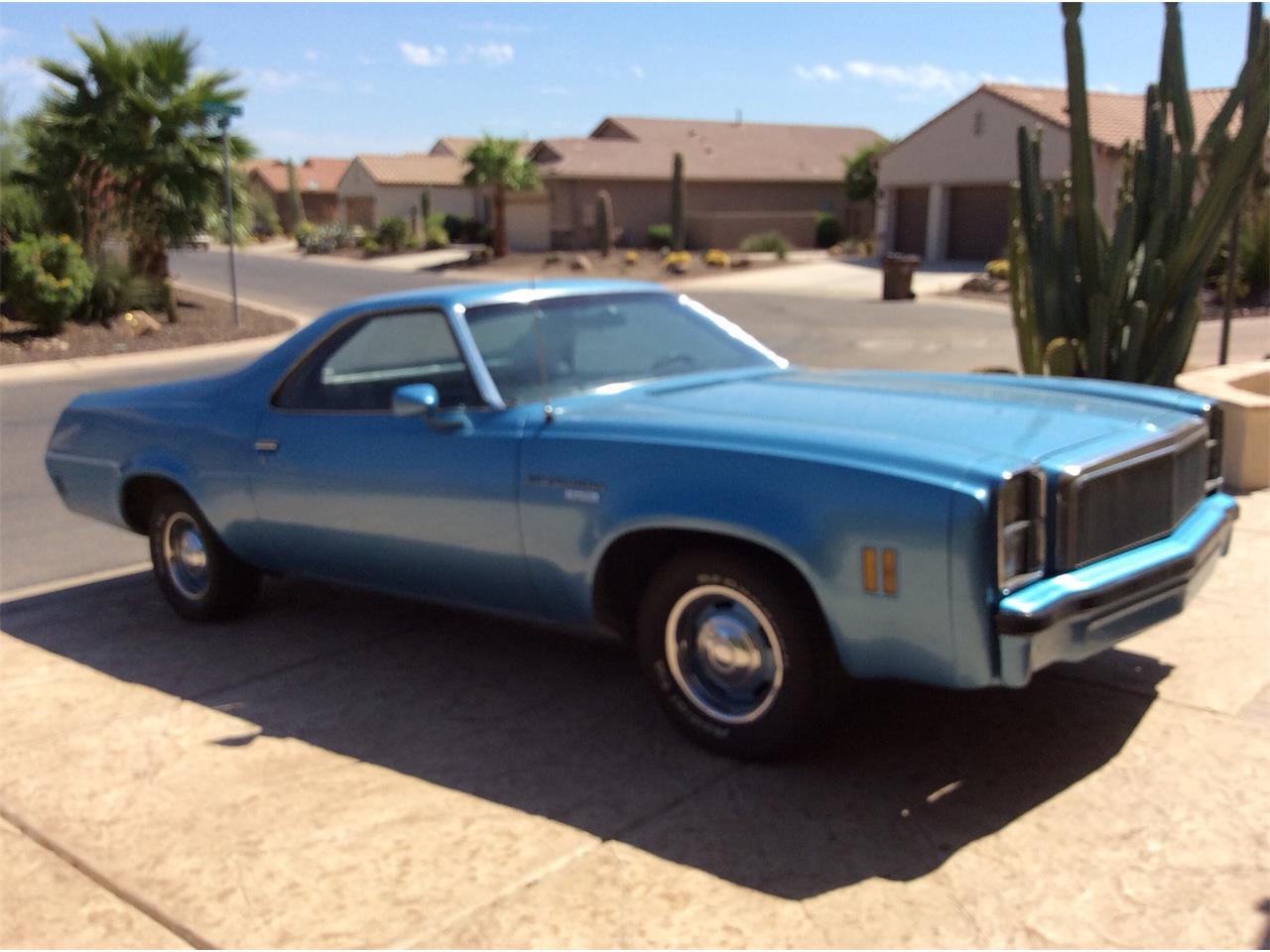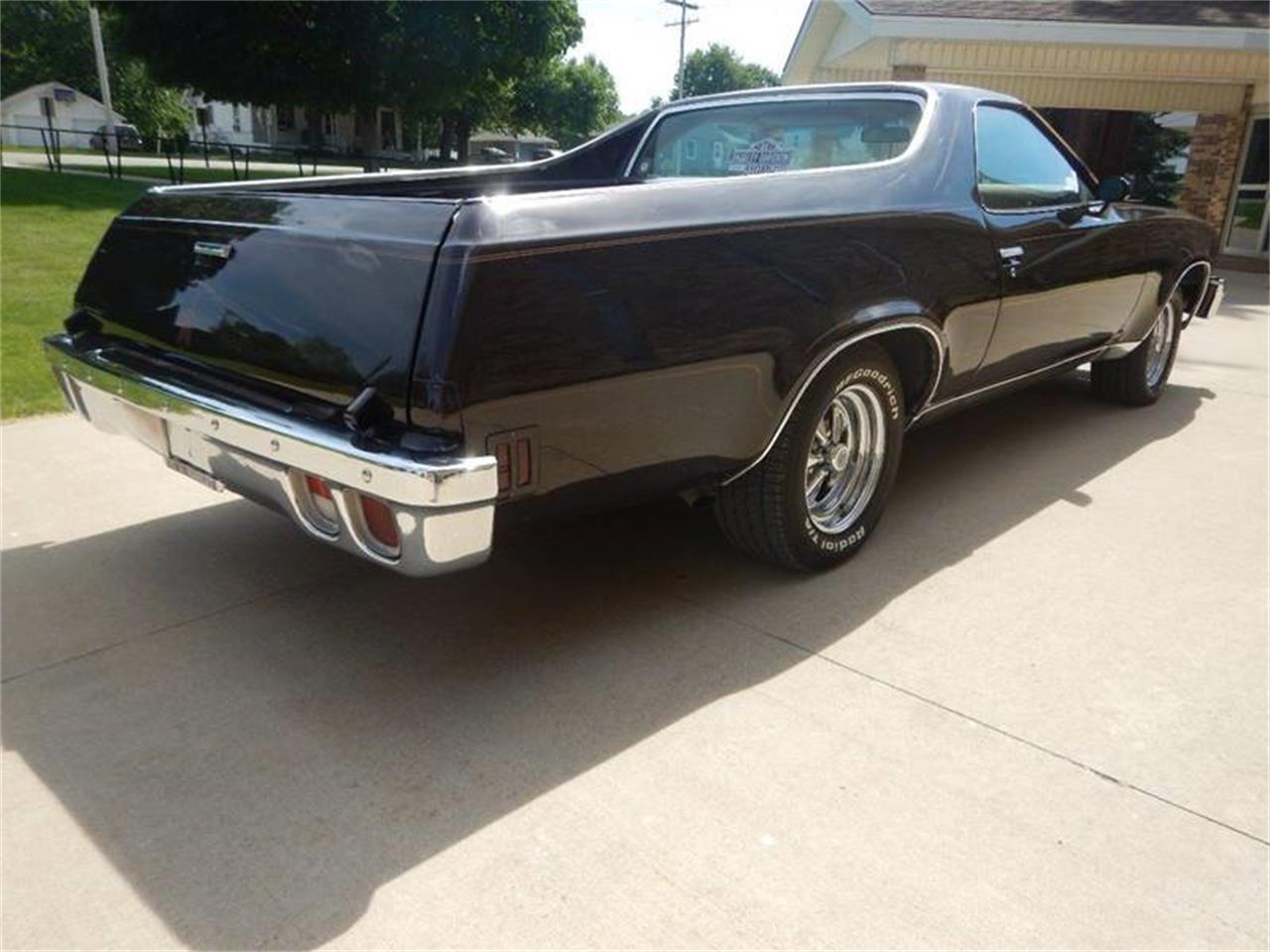
Since the rims have Chevy hubcaps, I’m guessing someone changed over to a set of Chevy rally wheels. Outside of this bed rust and a few spots behind the wheels, it shows few signs of age. Here’s a final shot showing the truck’s overall condition. I’d imagine GM let the Invader trademark lapse, as it is out of step with modern marketing themes.

While they seem to have abandoned this practice by 1977, I found this example for a 350. Revisiting the topic of badge engineering, in the early seventies GMC chose to re-label the Chevy “Turbo-Fire” V-8 into a GMC “Invader” V-8. I’m betting this one is equipped with the ubiquitous 350/350 combo (5.7 liter V-8 with a THM 350 backing it up). From ’73 to ’75 this platform offered the 454 big block, but by ’77 buyers were limited to the 250 L6, and 305 or 350 cubic inch V-8s. No under-hood shots to be had, but Sprints came with a number of engine options. No massive cracks in the vinyl, and all the interior panels appear to be in place. The angle of the sun and the truck’s windshield shade worked together to obscure my interior picture, but the overall condition is impressive.
#1977 EL CAMINO PROFESSIONAL#
It seems during these years GMC used Professional Grade badge engineering!Įnough nameplate discussion, let’s take a look at this particular truck. In this example, the insert gives us both model and trim level. Looking carefully at the passenger side badge (in the blue box), We see that time has removed a portion of the ID plate, exposing the blank box. GMC cast this badge for a number of vehicles, and to differentiate them, glued a model label on below the letters. Based on that information, do we call this ’77 Sprint a second generation model, or fourth generation like the El Camino? To add to the confusion, GMC changed “Sprint” to “Caballero” in 1978, so is that truck another new 1st generation iteration or just a 5th gen Camino? Enquiring minds want to know…Īlready an exercise in badge engineering, GMC also decided to badge engineer the badge. The fourth generation El Camino arrived in 1973, and the Sprint carried forward on this platform. GMC only started selling Sprints in 1971, four years into the Camino’s 3rd generation platform.

Outside of the badging, we’re looking at an El Camino.īecause of this common heritage, assigning a generation to this truck becomes a bit murky. You’ll occasionally run across a claim that GMCs use “heavier duty components” compared to the Chevy version, and a co-worker once told me “They use more spot welds when building GMC cabs,” but beyond using GMC motors under-hood (a practice that died out in the sixties), I’ve seen no evidence to support these claims. We’ve written up a ’72 Sprint and an ’87 Caballero, but this appears to be the first of the 1973-77 generation Sprint captured “in the wild.”Īs you can see, there’s very few Sprint specific parts. However, this fourth generation model sports an uncommon nameplate (In 1977 GMC sold 5,955 of these Americanized Aussie Utes). While El Camino production ended back in 1987, a quick search through the CC archives turns up many El Camino sightings through the years, including 5th generation models spotted in both Israel and Japan, making them fairly common content.

Such is today’s discovery, a 1977 Chevrolet El Camino in GMC livery (I’m basing the model year on the grille texture, the only exterior change from year to year). Thanks to badge engineering, somewhat common Curbside Classics can be found in unique flavors.


 0 kommentar(er)
0 kommentar(er)
